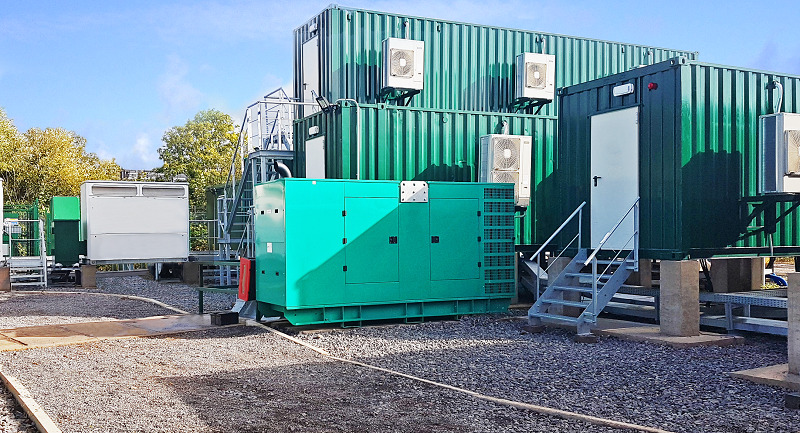
Varco Energy, a UK-based battery asset owner with a pipeline of three long-duration storage projects (LDES), has agreed an asset management software deal with Arenko.
The deal builds on an initial trading services relationship that saw the technology provider act as the route to market provider for two of Varco’s battery energy storage (BESS) sites, whilst also providing alternate other project commercialisation services.
When they come online, Varco’s assets, with nearly 160MW/377MWh combined capacity, will be integrated into Arenko’s Nimbus Performance software. The software solution provides asset owners with comprehensive data insights across diversified and complex asset portfolios.
As well as providing performance insights and alerting and reporting capabilities, the AI-driven software platform will provide Varco with automated asset management. Arenko will trade Varco’s battery storage assets in the energy market
James Mills, director of Varco Energy, said: “We believe the enhanced insight, control, and real-time management capabilities this provides will deliver significant value to our investors and the broader energy system. As batteries emerge as the pivotal asset class in the energy transition, their digital nature offers a unique source of value and flexibility.”
Recently (5 September), the software provider sold Nimbus Performance to Gresham House on 250MW of batteries to help manage the latter’s tolling arrangements with Octopus Energy.
According to Arenko Group founder and CEO, Rupert Newland, the contract is “further evidence of a growing trend among the most advanced asset owners to focus on actively managing the technical performance of their portfolios across multiple projects and stakeholders”.
On 21 August, Modo Energy analysis revealed that BESS projects earned the second-highest daily total revenue in 2024, reaching a high of £250/MW, just below April’s high of £258/MW.
This rise in negative-priced periods—in this case predominantly caused by periods of high wind generation coupled with low demand—has contributed to a surge in BESS revenues for late August, with low wholesale price minimums increasing wholesale revenues and frequency response prices.
This article was originally published on our sister site, Current±.

